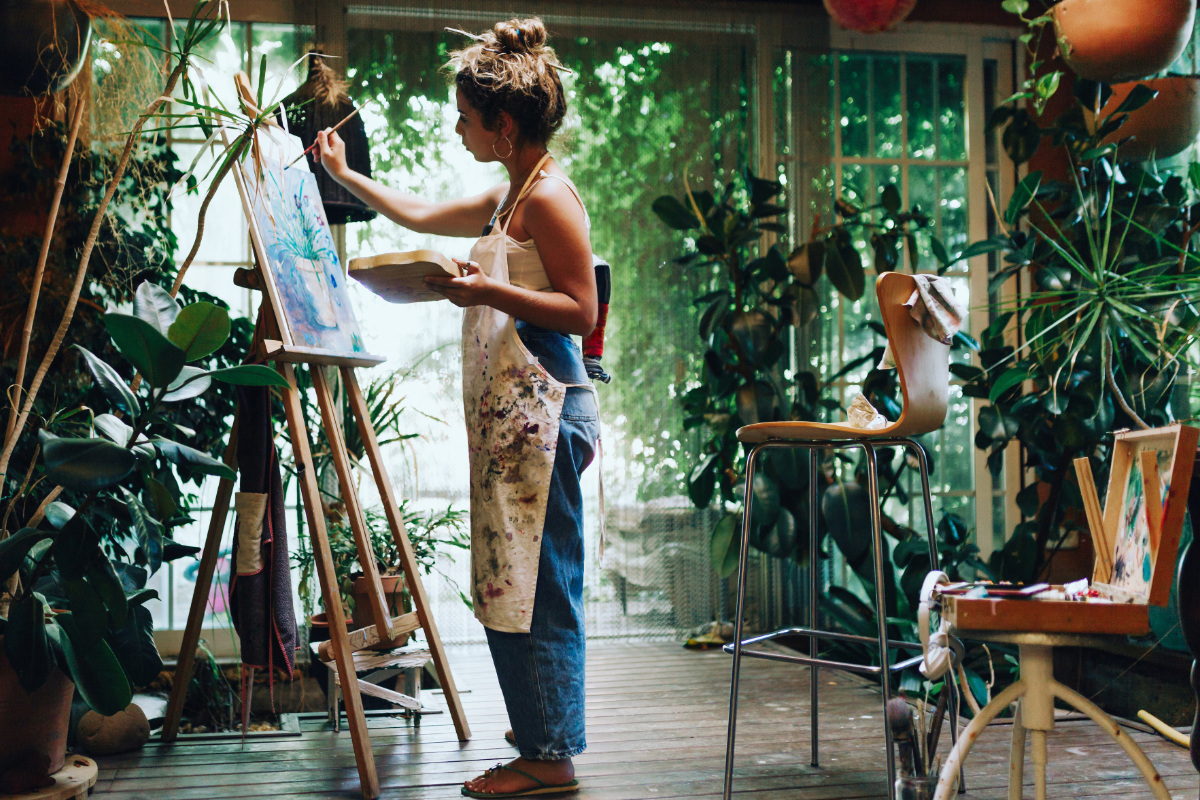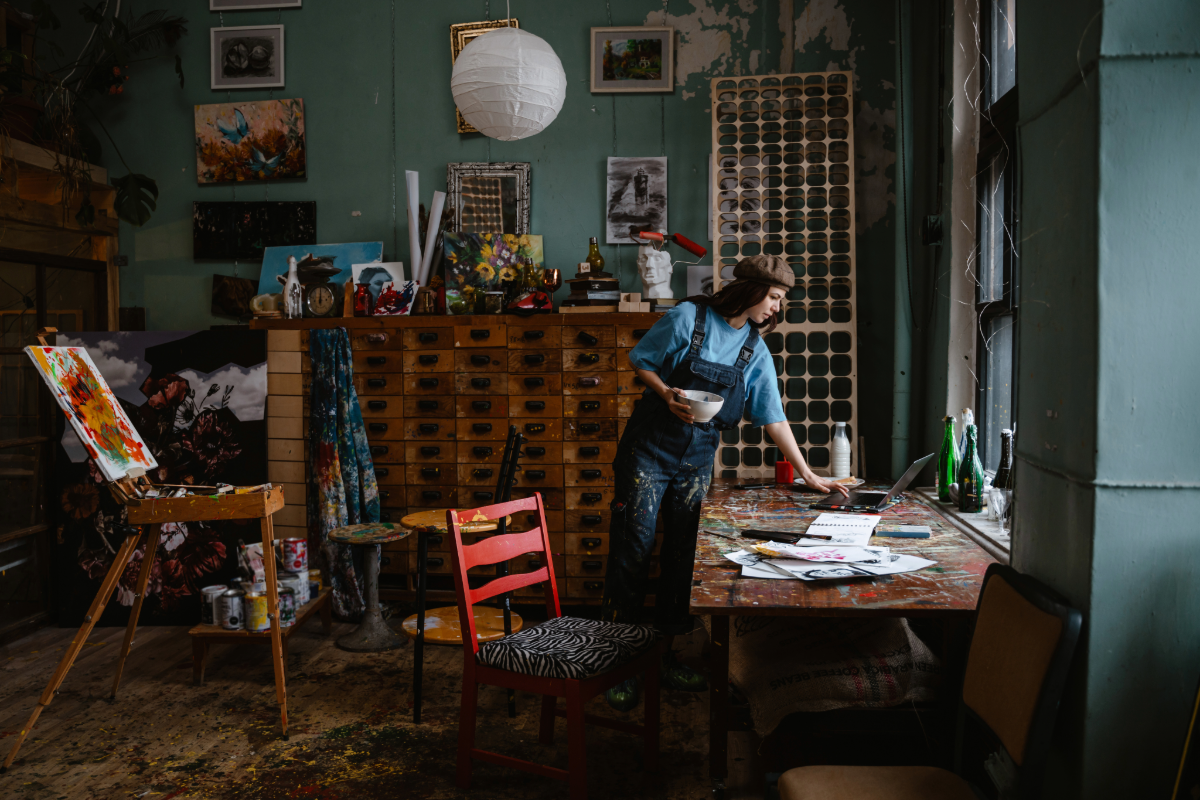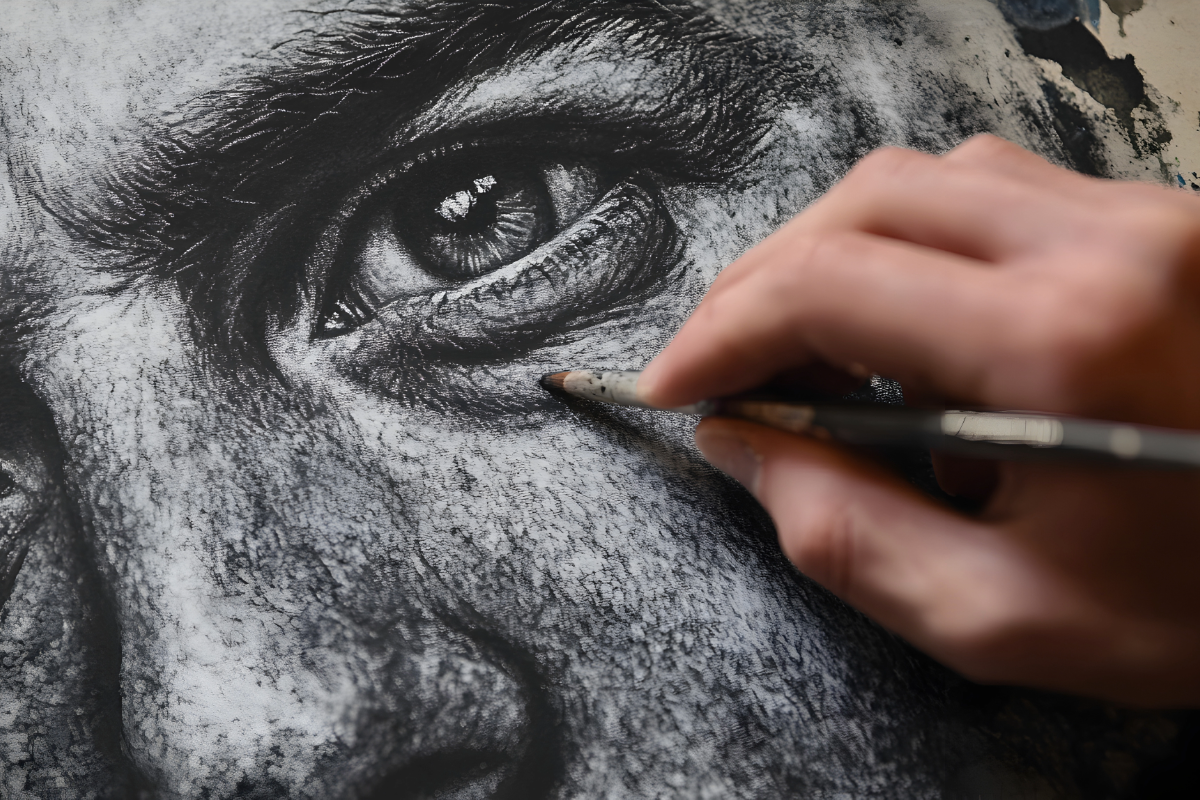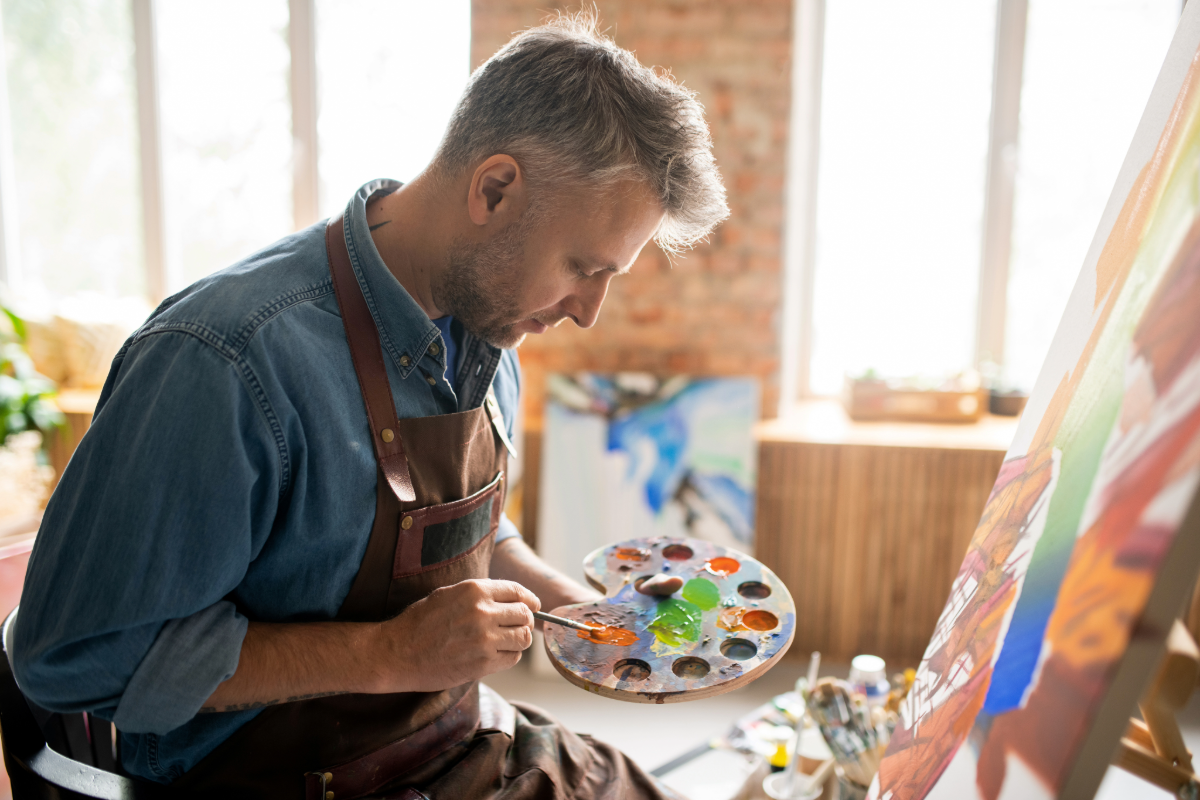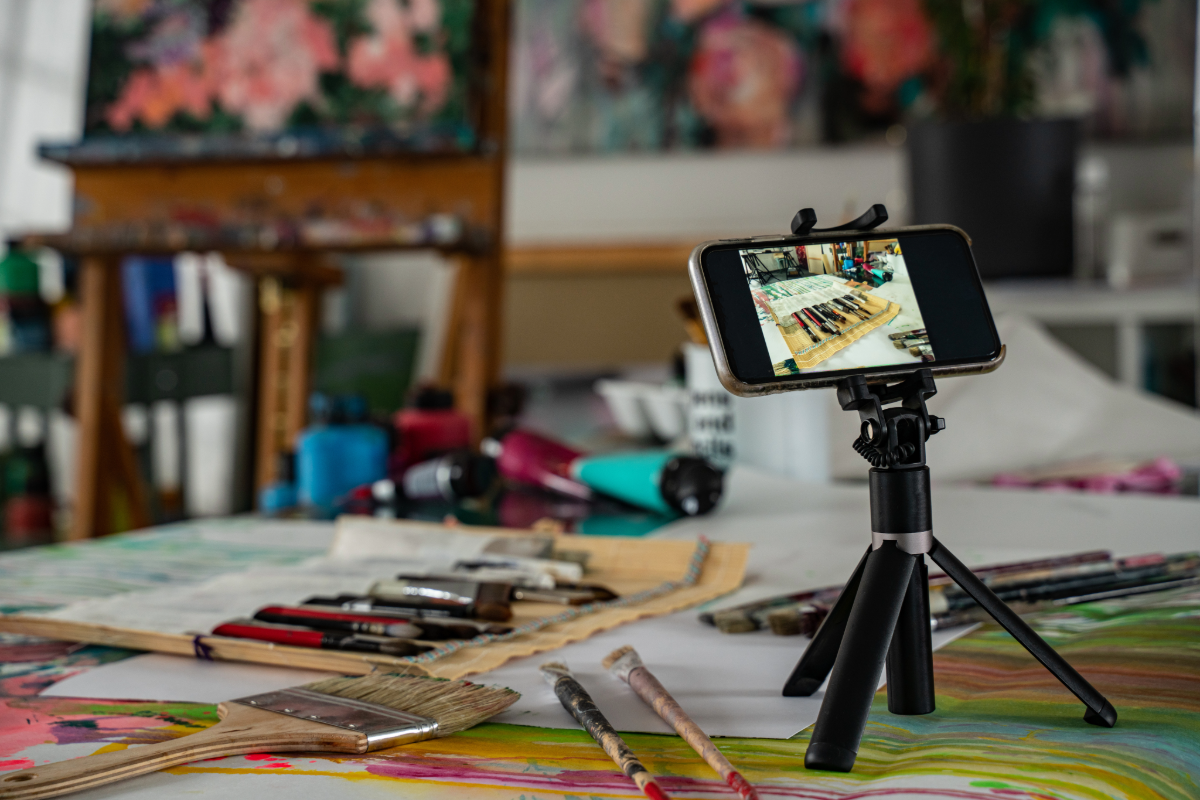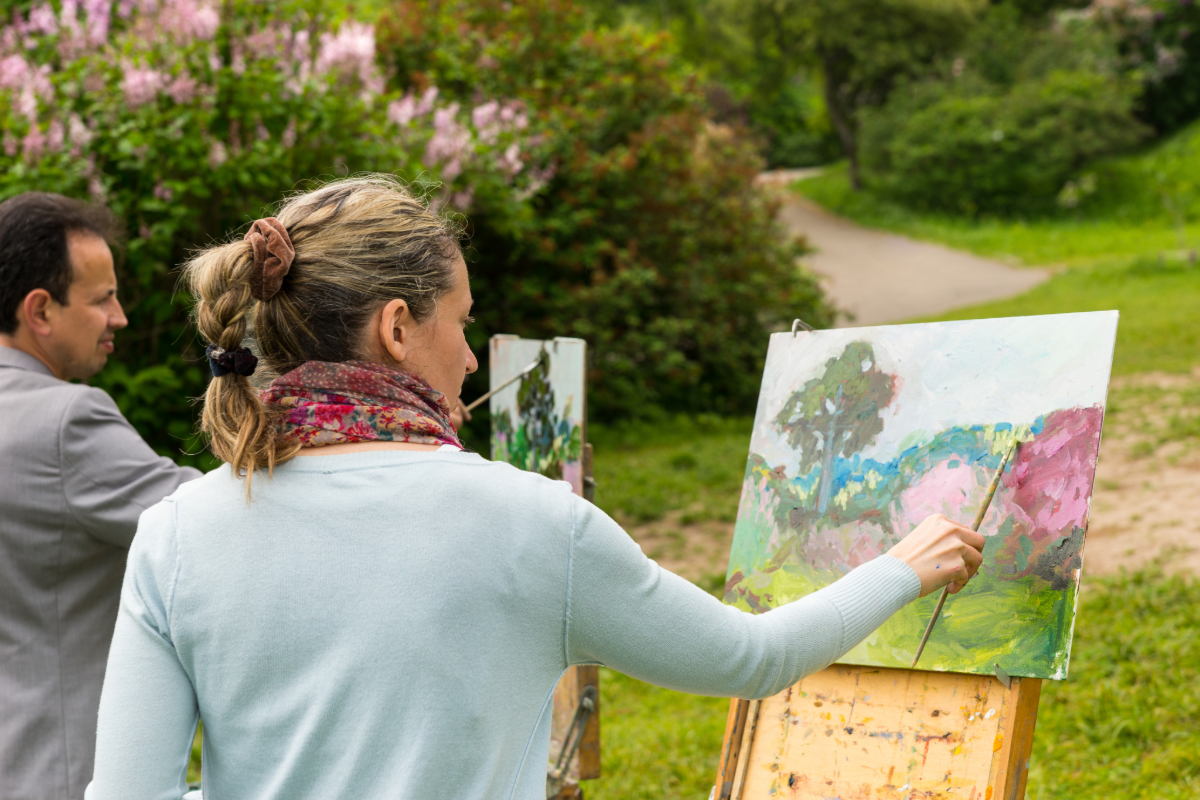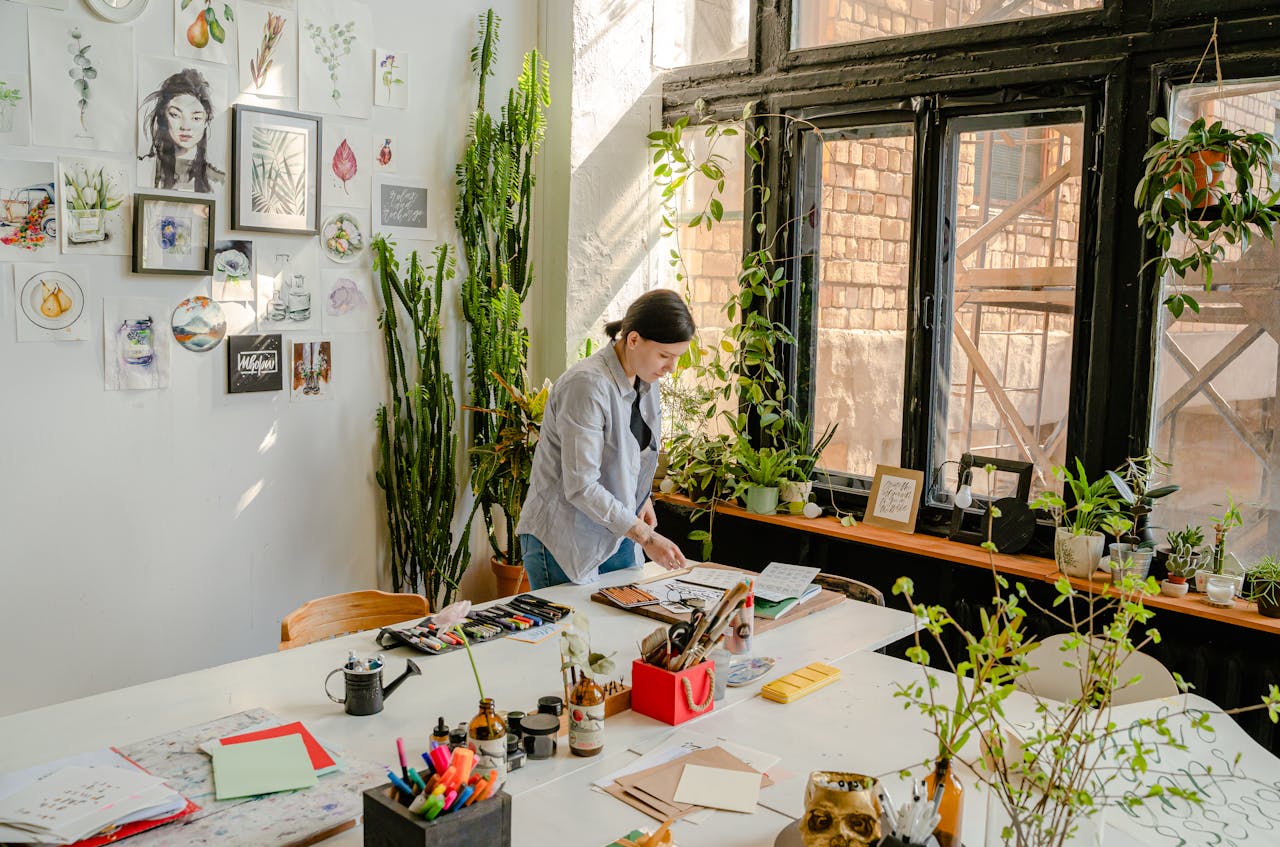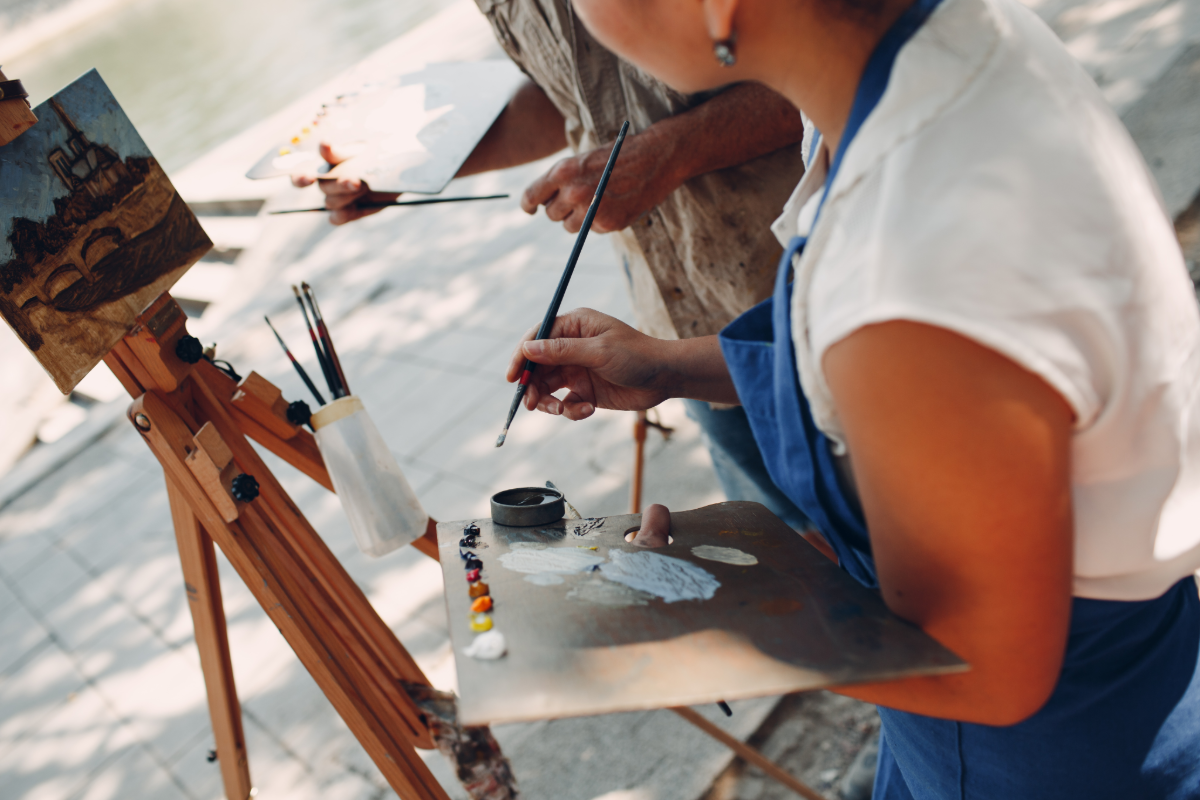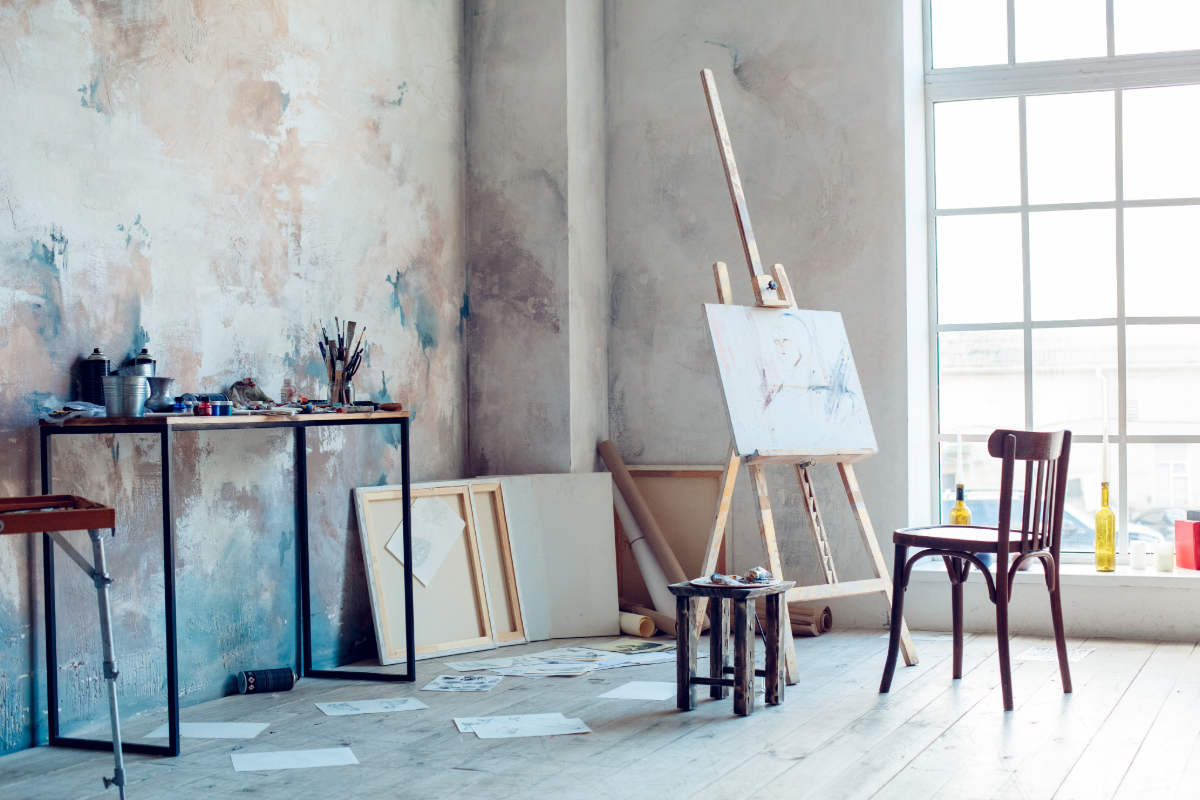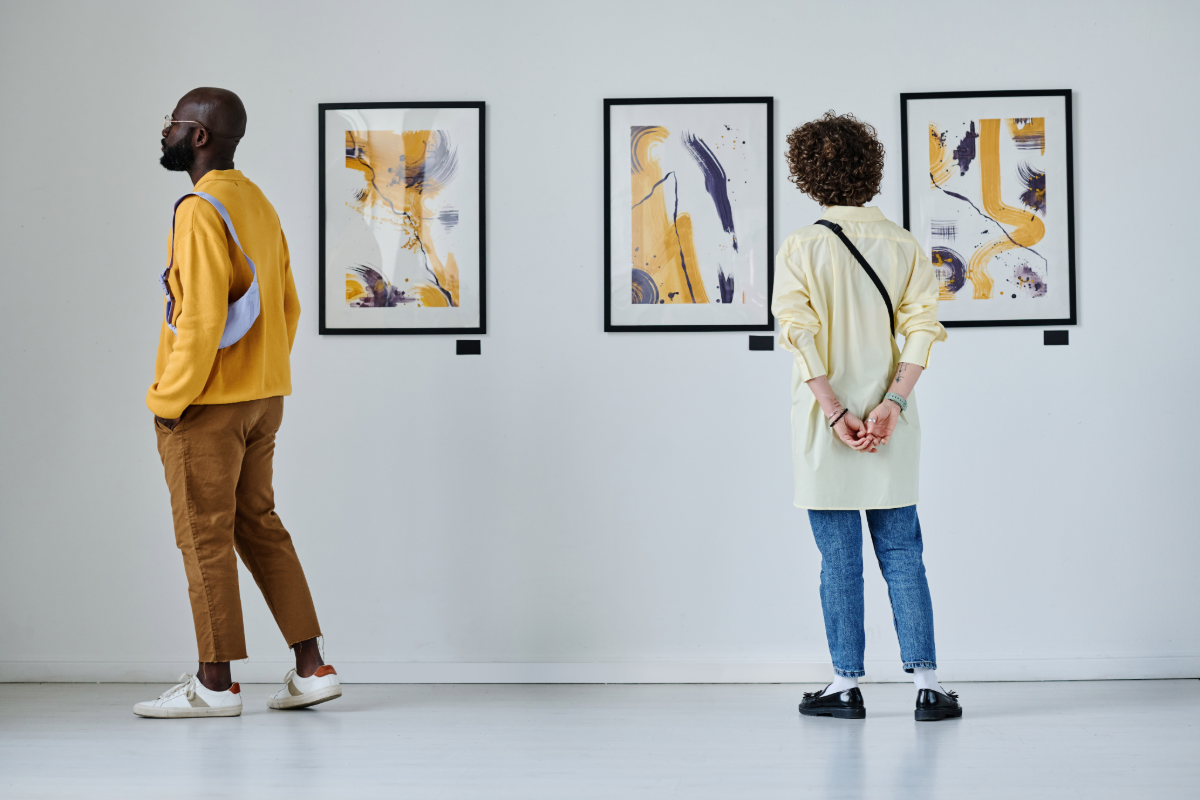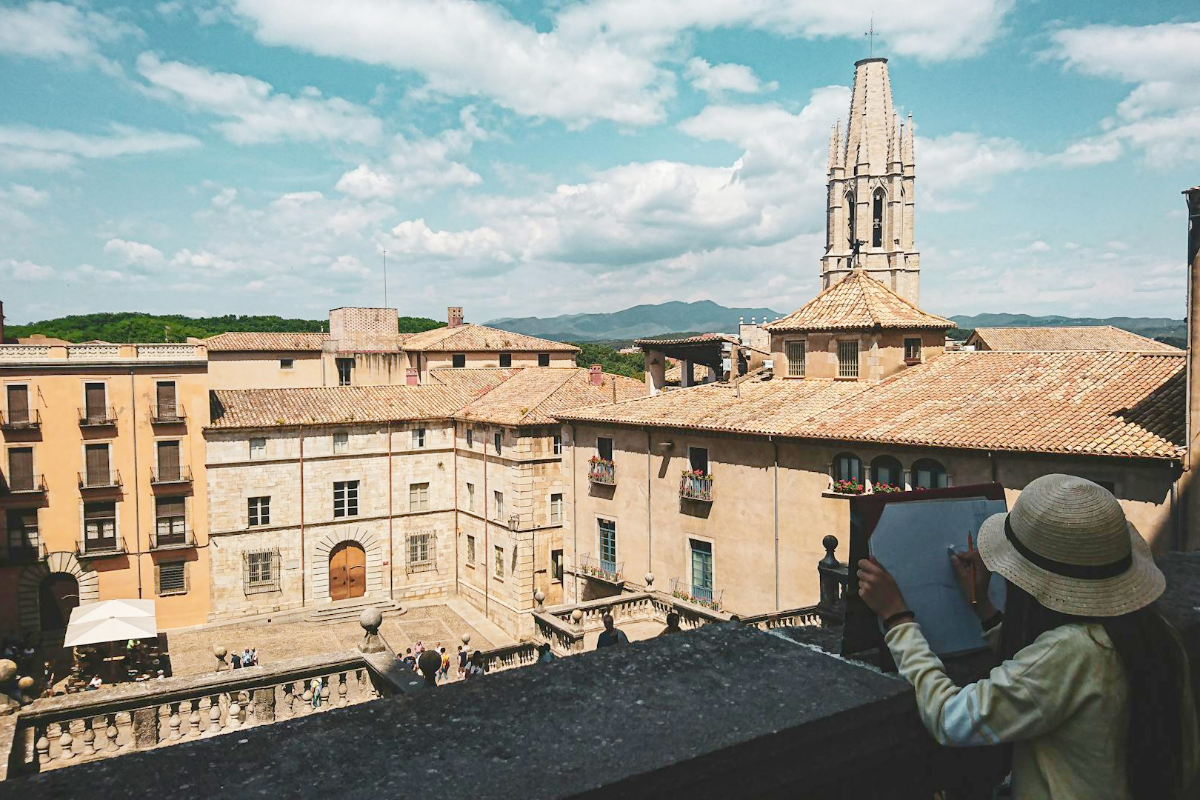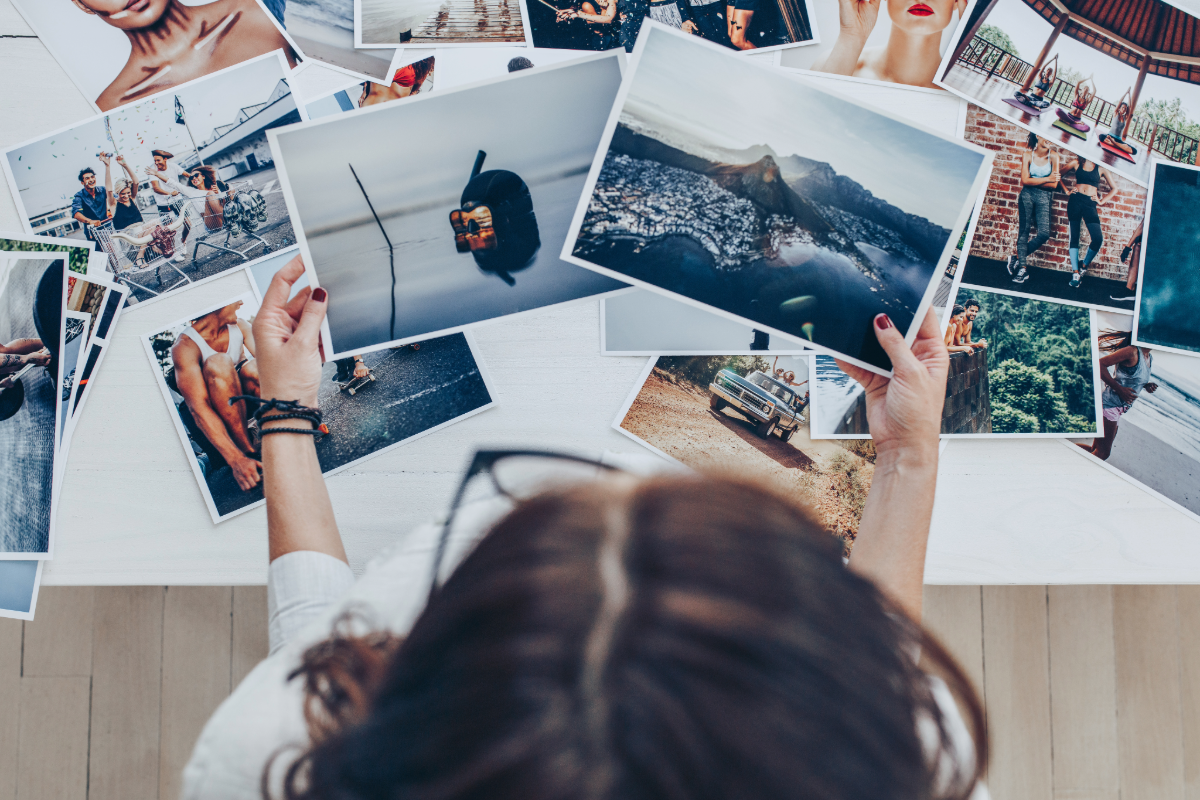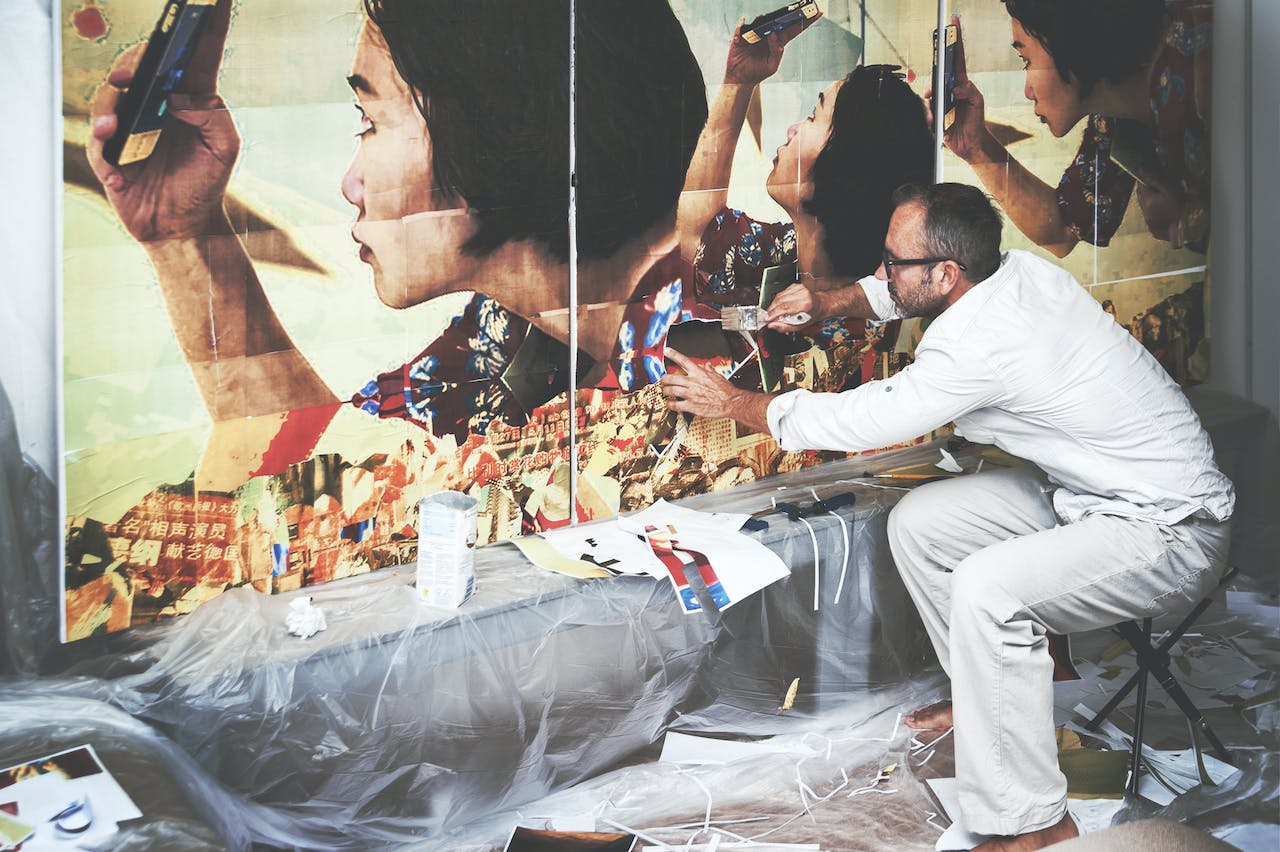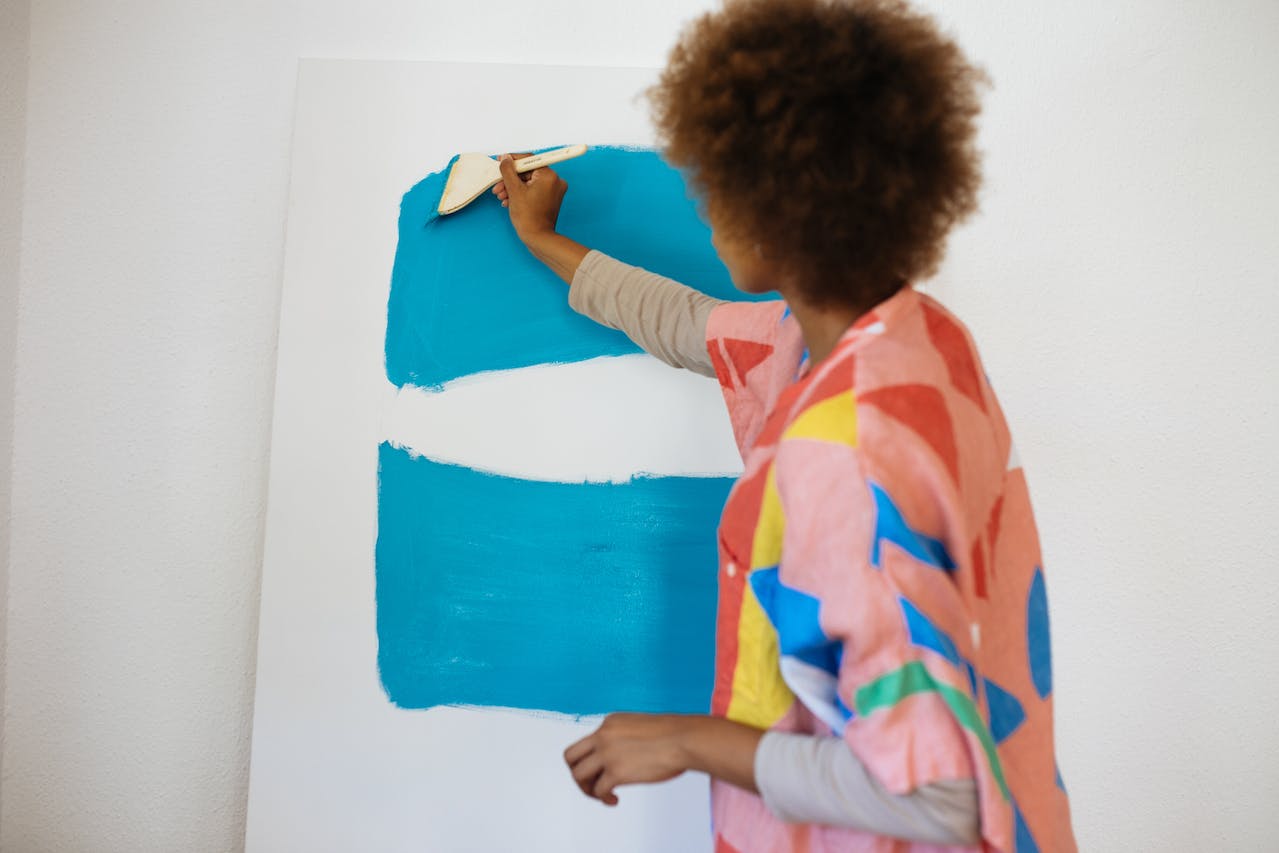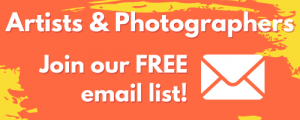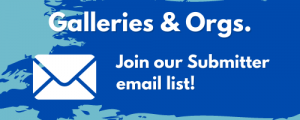The Artist’s Press Kit: What It Is, Why It Matters, and What to Include
In the art world, how you present yourself can be just as important as the work you create. Whether you’re applying for an exhibition, submitting to an open call, connecting with a gallery, or fielding media inquiries, the way you introduce yourself matters. That’s where the artist press kit comes in.
A well-crafted press kit isn’t just for celebrities or high-profile shows—it’s a powerful tool that every working artist should have. It tells your story, showcases your work, and gives curators, journalists, podcasters, collaborators, and clients everything they need to take you—and your art—seriously.
This guide will walk you through what an artist press kit is, why it matters, what to include, and how to create one that opens doors and builds your credibility.
What Is an Artist Press Kit?
An artist press kit (sometimes called a media kit or digital media kit) is a curated collection of materials that introduces you and your artwork in a professional, cohesive format. It’s designed to provide essential information about you, your creative practice, and your accomplishments in one easy-to-share document.
It’s useful in a wide variety of professional situations:
- Applying for grants, residencies, and fellowships
- Submitting to exhibitions and competitions
- Pitching to galleries, curators, or agents
- Collaborating with arts organizations or brands
- Participating in art fairs or open studios
- Responding to media requests or podcast invitations
Your press kit acts as a professional portfolio and bio, rolled into one, helping others quickly understand who you are and what your work is all about.
Why Do You Need One?
Having a press kit on hand does more than make you look professional—it sets you up for opportunity. In a world where decisions are made quickly and often digitally, being prepared is key.
Here’s why a press kit is essential:
- It saves time. When you’re asked for images, a bio, or your CV, you don’t have to scramble. Everything’s ready.
- It tells your story your way. Instead of letting others interpret your work without context, a press kit lets you lead with your voice and your vision.
- It sets you apart. A clear, polished press kit shows you take your work seriously—and gives decision-makers everything they need to say yes.
What to Include in Your Artist Press Kit
There’s no single “right” way to build a press kit, but the most effective ones share a few key components. Here’s what you should consider including:
1. Craft a Compelling Artist Bio
Your bio introduces you as a creative professional. You’ll want both a short version (about 75 to 150 words) for catalogs or social media features, and an extended version (up to 400 words) that provides more context about your journey and accomplishments.
Tips for writing your bio:
- Use third person (“she/he/they”) rather than first person (“I”)
- Mention your medium, focus, themes, and notable achievements
- Tailor the tone to match your work—clear and concise is always best
- If relevant, include your city and country of residence
2. Write a Clear, Confident Artist Statement
Your statement is your chance to explain your creative process and the deeper meaning behind your work. It gives readers, curators, and potential buyers insight into what motivates you and how you approach your practice.
Keep it focused:
- Explain what your work is about
- Share why you make it and how you make it
- Avoid overly academic or abstract language—be direct and sincere
- One page or less is ideal
3. Showcase Your Work with High-Quality Images
Visuals are the heart of your press kit—and high-quality images can make a lasting impression. Select 5 to 10 strong pieces that best represent your current work and artistic direction.
For artist media kits, images should be provided in high-resolution JPEG or JPG format, with the following specifications:
- Minimum dimensions: 1920 pixels on the longest side
- File size: Under 5MB per image
- Resolution: Between 72 PPI and 300 PPI, depending on intended use
Be sure to label your files clearly and consistently, such as: Lastname_Title_Year.jpg
To give curators, journalists, and organizations more options, include a variety of image orientations—portrait, landscape, and square—as well as a mix of close-up and full-view shots when relevant. Choose works that reflect your range and style, and avoid including anything outdated unless it’s directly relevant to your current direction.
It’s also valuable to include one or two high-quality photographs of yourself at work or in your studio. These “in-action” images help contextualize your practice and are especially useful for media coverage or event promotion.
Accompany your images with a simple info sheet or caption list that includes:
- Title
- Medium
- Dimensions
- Year of completion
- Optional: Price, edition number, or framing details
Thoughtful presentation of your work not only demonstrates professionalism—it invites others to engage more deeply with your art.
4. Include a Professional Headshot
A current, well-composed photo of you in your studio or creative environment helps put a face to your name. It doesn’t need to be overly formal, but it should be clear, well-lit, and consistent with your artist brand.
This image can be used in event programs, media coverage, or website profiles—so make sure it’s something you’re happy to share publicly.
5. Build a Clean, Career-Focused CV
Your CV should highlight your professional accomplishments in a clean, readable format. Focus on what’s most relevant to your career stage.
Include:
- Education and training (including self-directed or informal learning)
- Exhibitions (group and solo)
- Awards, grants, and honors
- Residencies or fellowships
- Press or publications
- Teaching or community involvement (if applicable)
List everything in reverse chronological order (most recent first), and keep it concise.
🎨Related: HOW TO WRITE THE PERFECT VISUAL ARTIST CV (WITH TEMPLATE AND EXAMPLE)
6. Make Contact Easy and Clickable
Make sure your press kit includes clear and accurate contact info. This should include:
- Your full name
- Email address
- Website URL
- Social media handles
- Optional: Studio location or phone number
Include clickable links in your digital file so people can easily visit your portfolio, Instagram, or LinkedIn.
Optional but Impactful Additions
Depending on your experience, you might also include:
- Press Mentions or Reviews – Quotes or snippets from interviews, articles, or critical essays
- Testimonials – Short quotes from collectors, curators, or peers
- A Lookbook or Catalog – A curated mini-book or PDF showcasing a full series or body of work
- Video Content – A short studio tour, interview, or process video with a link or QR code
- Statement of Intent – For grant applications, include a clear, focused paragraph on your future goals
Remember, your press kit is a reflection of your identity as an artist—curate it thoughtfully and revise it periodically to keep it current.
Format and Delivery
Your press kit should be formatted professionally and shared in ways that make it easy to access and use.
We recommend:
- Creating a polished PDF version with consistent fonts and branding
- Including all assets in a clearly labeled folder for downloads (especially if high-res images are required)
- Hosting a version on your website under a dedicated “Press” or “About” section
- Making sure file sizes are email-friendly and compatible across devices
Final Thoughts: Be Ready for Opportunity
A press kit is more than a collection of documents—it’s a statement that you take yourself and your art seriously. It shows others that you’re prepared, professional, and ready to say yes when opportunity knocks.
Art competitions, open calls, and exhibitions are about more than winning. They’re about growth, momentum, and building a career that reflects your passion and purpose. Whether you walk away with an award or simply with new connections and confidence, each experience moves you forward.
At TheArtList, we’re committed to helping you find those opportunities. From our daily updated listings of art and photography calls to our monthly Artist of the Month Contest, we provide the resources you need to take the next step in your creative journey. Our monthly contest is free to enter, and it’s a great way to gain national exposure and build your portfolio.
Ready to Take the Next Step?
Ready to take the next step in your creative career? Join our Artist & Photographer Mailing List to discover new open calls, access helpful resources like this one, and stay on top of key deadlines.
Your art deserves to be seen. Let’s make sure you’re ready when the spotlight finds you.



